Quality- Facilities
The IVF Center of European Interbalkan Medical Center of Thessaloniki is a model, state of the art Medically Assisted Reproduction center regarding its modern facilities, structures, technology, and especially its human resources.
The IVF Center’s laboratory operates with the latest and most modern equipment in “clean room” facilities by using electronic tracking of samples via the “RI Witness” system as well as continuous monitoring of all the embryo culture parameters ensuring the highest of safety and quality standards.
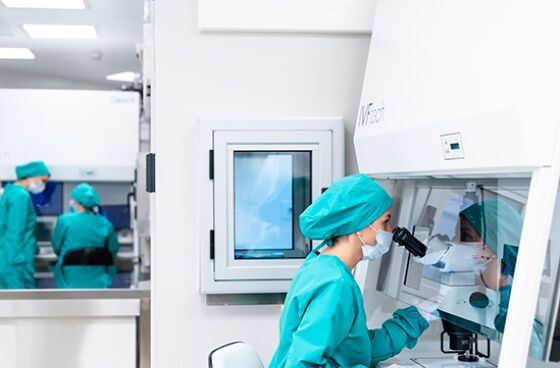
The hospital operates according to the strictest international specifications for international patients (Temos International). It is certified:
By TUV HELLAS for the Quality Management System ΕΝ ISO 9001:2008.
The IVF center is specifically certified by Swiss Approval with the special norm for Medically Assisted Reproduction centers, EN 15224.
It renews its certifications through annual audits.

Air quality
Clean room and low VOC facilities.
Our newly installed and independent from the rest of the hospital heating ventilation and air conditioning (HVAC) system as well as our new filtration system ensures the best quality air and culture conditions for the embryos improving pregnancy and “take home baby” rates.
Our Infrastructure in details
Monitor equipment & Safety
The RI witness is an electronic witnessing system used in the IVF laboratory to improve traceability and quality control. All procedures in the laboratory are recorded and identified.
It locks the patient’s identity to the sperm, eggs and embryos at every stage of the treatment, so they are continuously monitored, giving patients and staff an increased confidence in every step of the cycle.

Patient confidence is increased by having at the end of their treatment a thorough printed report including the staff involved and the procedures followed regarding their genetic material.
Every patient has their own and individualized ID card that helps the identification of the couple in every step of the IVF procedure.
XiltriX is a continuous 24-hour monitoring system of all the embryo culture and laboratory parameters with remote access capabilities. By using Xiltrix, strict preset embryo culture parameters are put in place to protect the patient’s samples throughout the IVF treatment. If these strict parameters show any variation the IVF staff is alerted immediately in order to take corrective measures long after working hours.

Restricted access to the lab provides security of the biological material and all procedures. Specialized card readers allow only the authorized personnel to enter the laboratory premises and tracks who entered the facilities and for how long.
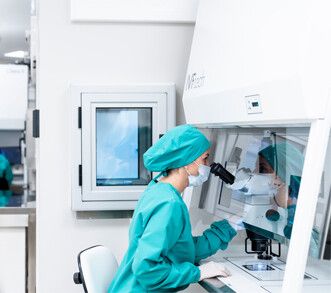
Tech details
Culture conditions and embryo visualization
Low O2 new generation embryo culture incubators
The embryo culture takes place in new generation, low 02 incubators ideal for extended culture (blastocyst stage). Every patient’s embryos are cultured individually and separately in different chambers ensuring that the culture environment is undisturbed. In that way the culture conditions mimic the human uterus and maximize the pregnancy and baby rates.


Low O2 new generation embryo culture incubators
The embryo culture takes place in new generation, low 02 incubators ideal for extended culture (blastocyst stage). Every patient’s embryos are cultured individually and separately in different chambers ensuring that the culture environment is undisturbed. In that way the culture conditions mimic the human uterus and maximize the pregnancy and baby rates.
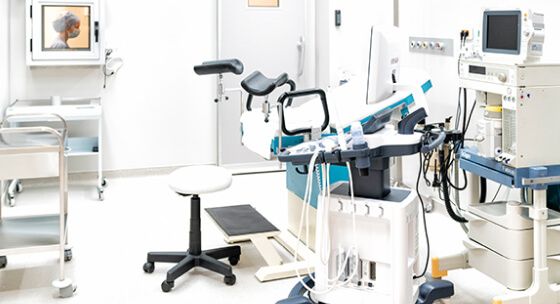
Class II work stations
Class II work stations provide the highest protection for the samples from external potential microbiological hazards ensuring the highest quality of care when handling the genetic material. Moreover, the inbuilt cameras and screens incorporated in every work station provide the visualization of the egg collection and embryo transfer procedures by the couple.
Olympus microscopes
Working with oocytes and embryos deserves the best optical quality and optical core competence. Olympous Relief Contast (ORC) objectives have been developed based on this prerequisite, allowing the best visual assessment of embryo quality.


Olympus microscopes
Working with oocytes and embryos deserves the best optical quality and optical core competence. Olympous Relief Contast (ORC) objectives have been developed based on this prerequisite, allowing the best visual assessment of embryo quality.
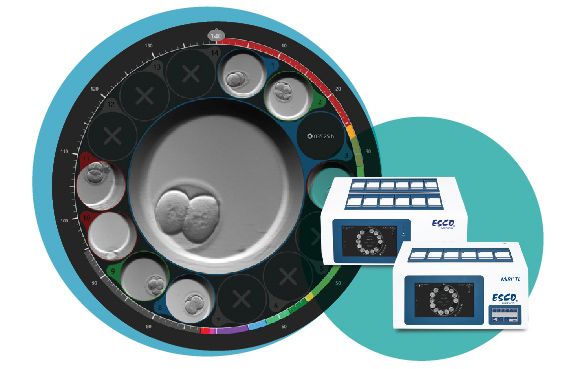
MIRI time-lapse multiroom incubator with a built-in camera and microscope.
It is designed and built to provide high-quality time-lapse images, monitors embryos developing in “real-time” and makes it possible to seamlessly monitor the embryos without having to remove them from the safety of the incubation chamber.
Time-lapse culture monitoring provides detailed morphokinetic data throughout embryo development, which is not available on routine spot microscopic evaluation. This allows all important events to be observed, helping to identify healthy embryos with the highest probability of implantation, with the aim of achieving higher pregnancy rates
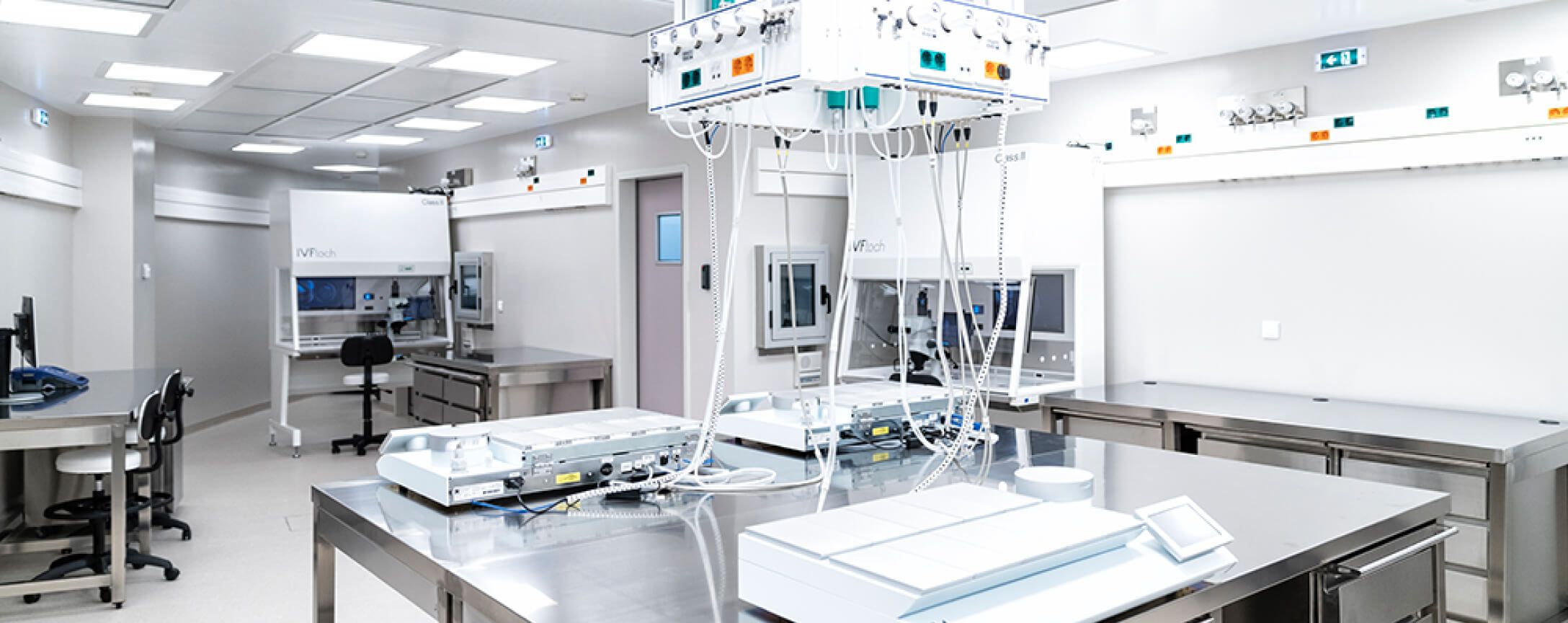
2 laser systems : Saturn and Octax Laser system
Laser technology makes assisting hatching and embryo biopsy easy, fast and safe from additional stress.
“Saturn 5 Active laser” is spearheading a revolution in hatching and biopsy techniques in the IVF laboratory. The Saturn 5 Biopsy mode helps to significantly improve biopsy methods reducing procedure time, lowering the incidence of blastocyst collapse.
The static OCTAX Laser shot provide excellent image quality and safe procedures and it can be used for all user applications within the IVF.
Generally both laser systems can be used for:
![]() Assisting hatching/thining
Assisting hatching/thining
![]() Trophectoderm, blastomere and polar body biopsy
Trophectoderm, blastomere and polar body biopsy
![]() Blastocyst collapsing
Blastocyst collapsing
![]() Sperm immobilization
Sperm immobilization
![]() Sperm viability testing
Sperm viability testing

Spindle view
Using this specialized tool, embryologists with a push of a button and with no further stress to the oocytes can determine immediately whether they are in the right stage of maturity to undergo fertilization. This increases the fertilization rates after ICSI and reduces the chances of damaging the oocyte during the procedure resulting in higher fertility and pregnancy rates.

